Discover the Best Fragrance Plants for Home: Top Picks for a Scented Oasis
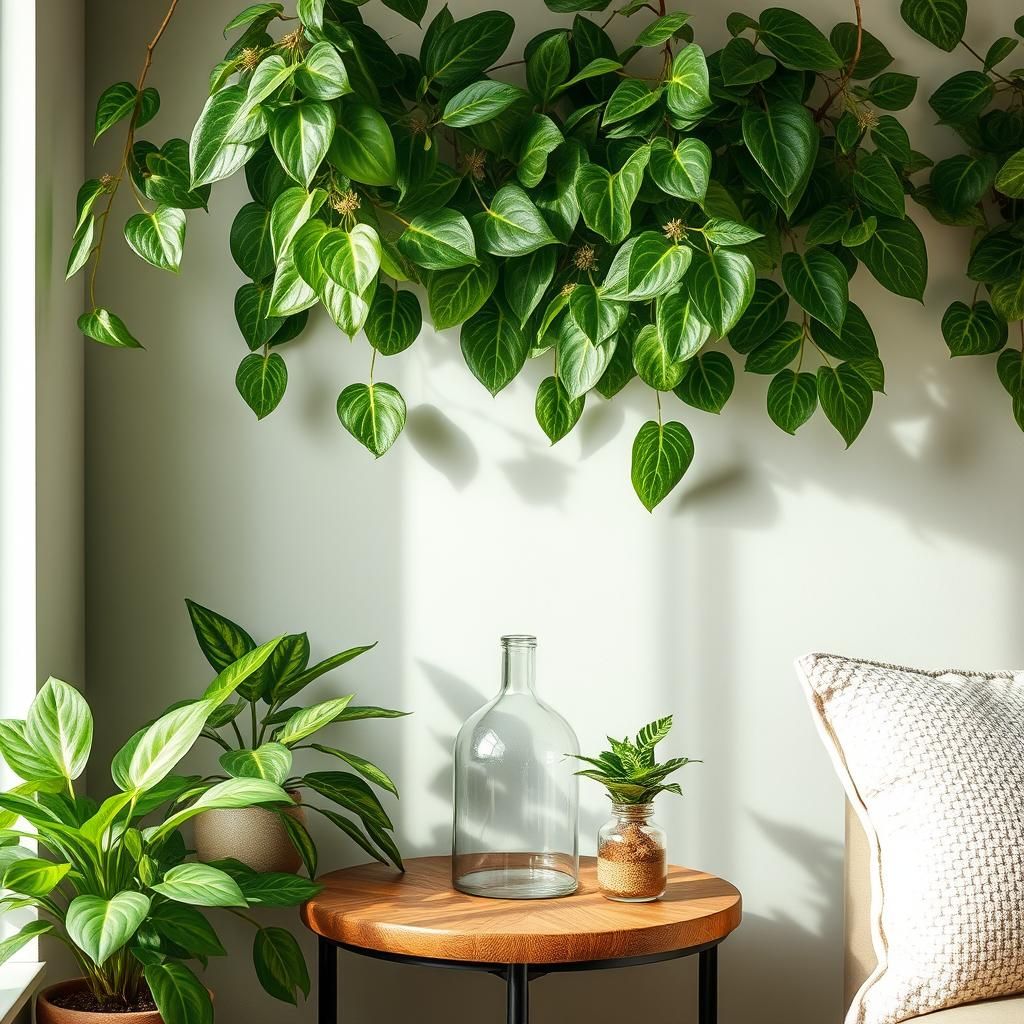
Transforming your home into a fragrant oasis can elevate your everyday experience, creating a warm and inviting atmosphere. The right fragrance plants not only beautify your space but also provide soothing scents that can enhance your mood and well-being. From the zesty aroma of citrus to the calming essence of lavender, there are numerous options to consider when selecting the perfect plants for your indoors. In this article, we will explore some of the best fragrance plants that thrive in home environments, offering insights on their care and the unique scents they bring, ensuring you find the ideal additions for your scented sanctuary.
Best Fragrance Plants for Home
Creating a fragrant atmosphere in your home can be achieved by incorporating a variety of plants known for their aromatic properties. Some of the best fragrance plants not only provide pleasant scents but also enhance indoor air quality and overall aesthetics. Lavender, with its calming aroma, is perfect for relaxation spaces, while jasmine emits a sweet and romantic fragrance, ideal for bedrooms. Mint offers a refreshing and invigorating scent that can uplift any room, while rosemary infuses spaces with its earthy and herbal aroma, making it a great choice for kitchens. Lastly, gardenia and orchids are popular for their intoxicating scents that can charm any guest. Incorporating these fragrant plants into your home decor can create a soothing sanctuary filled with delightful fragrances.
Lavender
Lavender is one of the most popular fragrance plants for home use due to its calming and relaxing properties. Its distinct scent is known to reduce stress and promote better sleep, making it perfect for bedrooms or peaceful spaces. Additionally, lavender can be grown easily indoors in pots or as a part of an outdoor garden. Its beautiful purple flowers add visual charm, making it not just fragrant but also aesthetically pleasing.
Jasmine
Jasmine is celebrated for its sweet aroma and romantic associations. This plant is often grown indoors or on patios where its scent can fill the air during the evening hours. The fragrance of jasmine is known for its mood-lifting abilities, making it suitable for living rooms or bedrooms. It can also be planted in both pots and gardens, requiring minimal maintenance while providing maximum olfactory delight.
Mint
Mint boasts a refreshing scent that is both invigorating and uplifting. Its aromatic leaves can be used in culinary dishes or as a garnish, adding functionality to its fragrant profile. Growing mint indoors is relatively easy, and it can thrive in small pots on kitchen windowsills. The scent of mint can not only enhance your home but can also serve to keep unwanted pests at bay, thus providing additional benefits.
Rosemary
Rosemary is a fragrant herb known for its earthy aroma, commonly associated with culinary uses. Its pungent scent is refreshing and can promote alertness. When placed in indoor gardens or kitchens, rosemary not only scents the air but also adds a functional element, as its leaves can be used in various dishes. The plant prefers bright light and can serve as a lovely addition to your home decor.
Gardenia
Gardenias are renowned for their intoxicating fragrance and glossy white flowers, making them a favorite among fragrance plants. Their sweet scent is often described as romantic and is perfect for enhancing intimate spaces like bedrooms or lounges. Gardenias are best suited for bright, indirect sunlight and require consistent moisture to thrive, offering both beauty and fragrance when properly cared for.
| Plant | Fragrance Type | Ideal Space |
|---|---|---|
| Lavender | Calming | Bedroom |
| Jasmine | Sweet & Romantic | Living Room |
| Mint | Refreshing | Kitchen |
| Rosemary | Earthy | Kitchen |
| Gardenia | Intoxicating | Bedroom/Lounge |
What is the most fragrant house plant?
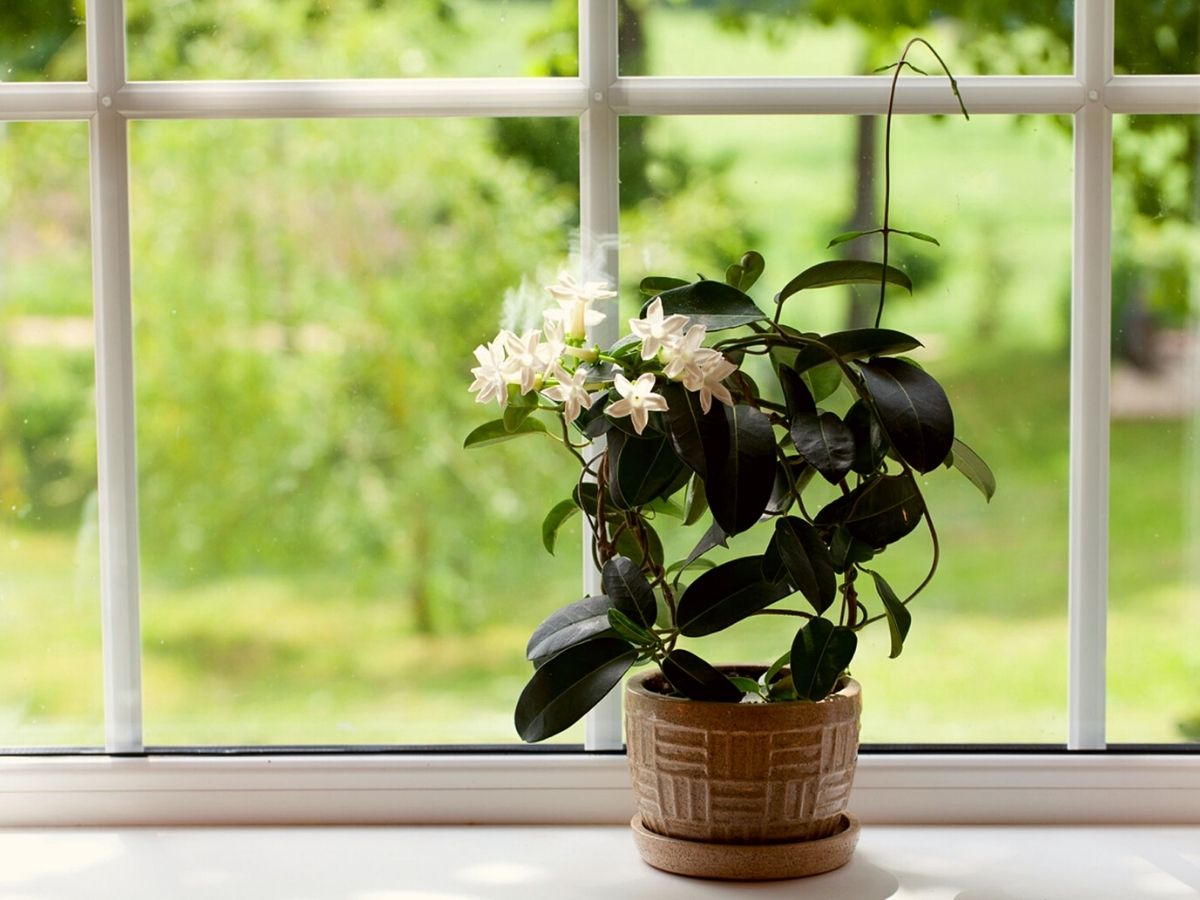
The most fragrant house plant is commonly considered to be the Jasmine plant, particularly the Jasminum sambac variety, known for its intense and sweet scent. Jasmine plants are often used in perfumes and essential oils, contributing to their popularity. These plants not only provide stunning blooms but also fill the air with a captivating aroma that many people find relaxing and soothing.
Characteristics of Jasmine
Jasmine plants are renowned for their unique characteristics, which contribute to their fragrance and visual appeal. Here are some notable traits:
- Blooms: Jasmine produces white or yellow flowers that bloom in clusters, releasing their fragrance mainly at night.
- Growth Habit: These plants can be grown as shrubs or vines, making them versatile for indoor and outdoor settings.
- Climate Preference: Jasmine thrives in warm climates but can also adapt to indoor conditions, provided they receive adequate light.
Types of Fragrant House Plants
While Jasmine is considered the most fragrant, several other house plants also emit delightful aromas. Here are a few:
- Gardenia: Known for its creamy white flowers, Gardenias have a rich, sweet scent that is often associated with southern gardens.
- Orchid: Some species, like the Cattleya, produce a rich fragrance, making orchids a popular choice for fragrance enthusiasts.
- Purple Basil: Not only useful in cooking, this herb also has a pleasant, peppery fragrance, especially when the leaves are crushed.
Caring for Fragrant House Plants
To maintain the fragrance and health of plants like Jasmine, proper care is essential. Here are some important tips:
- Lighting: Ensure that fragrant plants receive sufficient light, ideally bright but indirect sunlight.
- Watering: Keep the soil consistently moist but not soggy; overwatering can lead to root rot.
- Fertilizing: Use a balanced fertilizer during the growing season to encourage lush growth and abundant blooms.
Benefits of Having Fragrant House Plants
Incorporating fragrant house plants into your home can provide several benefits. These include:
See also: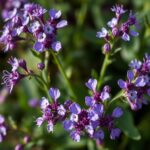
- Aromatherapy: The scent of fragrant plants can enhance mood, reduce stress, and promote relaxation.
- Air Quality: Many fragrant plants purify the air, removing toxins and improving indoor air quality.
- Aesthetic Value: Fragrant flowers can enhance the beauty of your living space, adding color and interest to indoor decor.
Popular Uses of Jasmine
Jasmine has a variety of uses beyond just being a house plant. Here are some common applications:
- Perfumes: Jasmine is a key ingredient in many high-end perfumes due to its alluring fragrance.
- Tea: Jasmine tea, often combined with green tea, is popular for its aromatic and flavor-enhancing properties.
- Aromatherapy: Jasmine essential oil is used in aromatherapy for its calming effects and is believed to relieve anxiety.
What plant makes your house smell good?
:max_bytes(150000):strip_icc()/indoor-plants-smell-good-calamondin-orange-lead-getty-0823-35f5ef8cf0d440ae99f6e68cc652a18d.jpg)
The plants that can make your house smell good are varied and offer a range of fragrances. Here are some notable examples:
1. Lavender
Lavender is well-known for its soothing aroma that promotes relaxation and calmness. It's a popular choice for homes due to its floral scent and is often used in potpourri and essential oils. This plant is particularly effective in bedrooms and living areas.
- Creates a tranquil atmosphere
- Known to help with sleep disorders
- Can be used in making aromatic sachets
2. Jasmine
Jasmine produces a sweet, rich fragrance that is captivating and romantic. This plant thrives indoors and can create a delightful scent that enhances the mood of any room. Jasmine is commonly used in perfumes and essential oils.
- Actively boosts mood and happiness
- Commonly used in aromatherapy for relaxation
- Can attract pollinators when grown outdoors
3. Rosemary
Rosemary is an herb that not only enhances food but also provides a refreshing herbaceous aroma. Its scent can invigorate your space and is known for its potential memory-enhancing properties. It’s ideal for kitchens and dining areas.
- Great for cooking as well as fragrance
- May enhance cognitive function
- Often used in home remedies
4. Mint
Mint plants provide a cool, refreshing scent that can liven up any room. The aroma is particularly uplifting and can evoke feelings of freshness. It’s also great for keeping spaces smelling clean and is often used in food and drinks.
- Excellent for use in culinary dishes
- Promotes a fresh indoor environment
- Can deter certain pests when grown indoors
5. Geranium
Geraniums, especially the scented varieties, release a fruity and somewhat rosy fragrance that can improve your home's atmosphere. They are easy to care for and can be a vibrant addition to your indoor garden.
- Offers a unique scent profile
- Highly attractive in decorative pots
- Can enhance the aesthetic appeal of a room
What plant has the strongest fragrance?
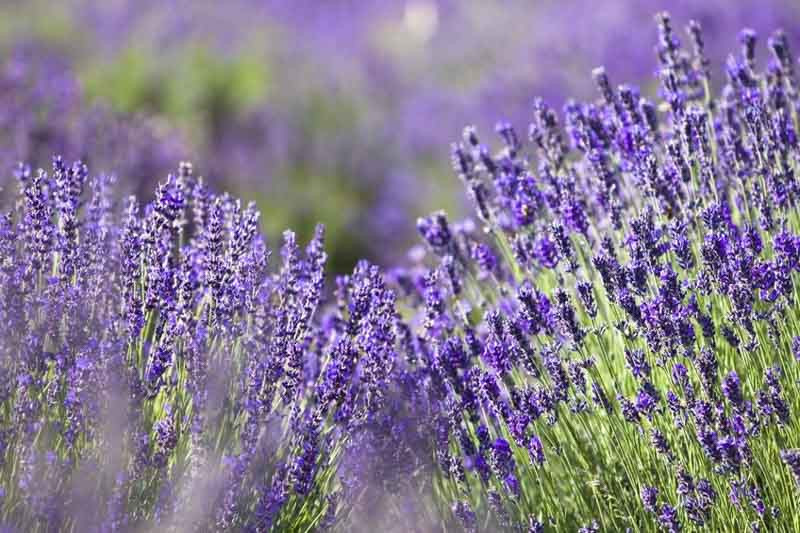
The plant that is often considered to have the strongest fragrance is the jasmine. Known scientifically as Jasminum, this plant produces highly aromatic flowers that are popular in perfumery and traditional medicine. The fragrance of jasmine is intoxicating, often described as sweet, exotic, and floral, making it a favorite in many cultures around the world. Jasmine is commonly found in warm, temperate, and tropical regions, and its scent can be exceptionally strong, especially during the night when the flowers bloom.
The Characteristics of Jasmine's Fragrance
The fragrance of jasmine is compelling due to its unique chemical composition. The scent is primarily attributed to two compounds: indole and jasmone.
- Complexity: The fragrance features a blend of sweet, floral, and slightly fruity notes.
- Intensity: Jasmine's scent can carry over long distances, making it easily recognizable.
- Seasonal Variation: The intensity of jasmine can fluctuate depending on environmental conditions such as temperature and humidity.
Other Strongly Fragrant Plants
While jasmine is a standout, there are other plants known for their strong fragrances that can rival or complement it:
- Rose: Renowned for its romantic scent, roses have many varieties, each with unique notes.
- Sandalwood: Valued for its rich, woody fragrance, sandalwood is used extensively in incense and perfumes.
- Lavender: Known for its calming properties, lavender offers a sweet, herbaceous scent commonly used in aromatherapy.
Uses of Fragrant Plants
Fragrant plants, such as jasmine, are used widely across different industries. Their aroma serves various purposes:
See also: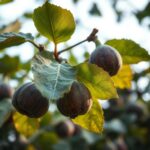
- Perfumery: Fragrant flowers are commonly extracted for essential oils in the perfume industry.
- Aromatherapy: Their scents are used therapeutically for relaxation and stress relief.
- Culinary Arts: Some fragrance plants, like basil and mint, enhance the flavors of food and beverages.
Cultural Significance of Fragrant Flowers
Fragrant flowers hold significant cultural values and are often used in rituals and celebrations:
- Symbolism: Many cultures associate specific scents with traditions or emotions, such as love and purity.
- Rituals: Flowers like jasmine are commonly used in wedding ceremonies and religious offerings.
- Gift Giving: Fragrant flowers are popular gifts on special occasions due to their pleasant aroma and beauty.
Growing Jasmine for Fragrance
Growing jasmine at home can provide direct access to its enchanting fragrance and offers various benefits:
- Climate: Jasmine thrives best in warm climates but can also be grown indoors or in greenhouses in cooler areas.
- Care Requirements: Jasmine requires well-drained soil and regular watering, along with plenty of sunlight.
- Varieties: There are multiple jasmine species, such as Arabian jasmine and Spanish jasmine, each with distinct fragrance profiles.
Which plant is best for fragrance?
:max_bytes(150000):strip_icc()/indoor-plants-smell-good-calamondin-orange-lead-getty-0823-35f5ef8cf0d440ae99f6e68cc652a18d.jpg)
The best plant for fragrance often depends on personal preference and the intended use. However, one of the most popular and widely appreciated scented plants is lavender. Known for its calming and soothing properties, lavender produces a sweet floral aroma that is used in various applications, from essential oils to culinary dishes.
Here are some reasons why lavender is a top choice for fragrance:
1. Versatile Uses: Lavender can be used in essential oils, candles, potpourri, and more.
2. Aromatherapy Benefits: Its scent is known to reduce anxiety and promote relaxation.
3. Natural Insect Repellent: The fragrance can repel insects while being pleasant to humans.
4. Easy to Grow: Lavender is hardy and can be grown both indoors and outdoors.
5. Long-lasting Scent: When dried, lavender flowers maintain their fragrance for a long time.
1. Lavender: The Quintessential Aromatic Herb
Lavender is revered for its distinctive scent, which has made it a staple in gardens and homes alike. With its combination of sweetness and earthiness, it is often used in various fragrance products. Beyond its pleasant aroma, lavender is also known for its calming effects, providing relief from stress and promoting sleep. It's both beautiful and functional.
- Commonly used in essential oils and perfumes.
- Can be grown in both pots and gardens.
- Attracts pollinators like bees and butterflies.
2. Jasmine: The Exotic Fragrance Plant
Jasmine is another highly sought-after fragrant flower known for its intense, sweet aroma. Often used in perfumes and teas, jasmine delivers a captivating scent that is both floral and alluring. The fragrance of jasmine is often associated with romance and elegance, making it a favorite in many cultures around the world.
- Blooms primarily at night, releasing the strongest fragrance.
- Popular in many traditional perfumes.
- Used in aromatherapy for its relaxing properties.
3. Rosemary: The Aromatic Culinary Herb
Besides its culinary uses, rosemary also brings a refreshing and pine-like scent that can fill a room or garden. Its fragrance is uplifting and invigorating, making it an excellent choice for those who love herbal scents. Rosemary is commonly used in cooking, but its aroma can enhance any space.
- Great for cooking as well as fragrance.
- Can be used in essential oils for cleaning.
- Acts as a natural insect repellent.
4. Gardenia: A Floral Fragrance Favorite
Gardenias are cherished for their rich, creamy fragrance that is intoxicating and delightful. Their white blooms are not only beautiful but also highly aromatic. Often associated with love and refinement, gardenias are used in perfumes and home fragrances to evoke sophistication.
- Perfect for creating a romantic atmosphere.
- Blooms in late spring to early summer.
- Care requires a bit more attention and maintenance.
5. Mint: The Refreshing Aroma
Mint is a versatile herb known for its cooling, fresh scent. It can provide a refreshing aroma that is uplifting and energizing. Mint is often used in culinary dishes, teas, and even cocktails, making it a delightful addition to any garden intended for fragrant plants.
- Easy to grow in various environments.
- Great for culinary applications and beverages.
- Can help in keeping pests at bay when grown in gardens.
Questions from Our Readers
What are the best fragrance plants for home?
The best fragrance plants for home include lavender, jasmine, rose, and mint. These plants not only add a delightful aroma but also enhance the aesthetic appeal of your living space. Lavender is particularly known for its calming scent, while jasmine can create a romantic atmosphere.
How do I care for fragrant plants indoors?
Caring for fragrant plants indoors requires proper light, water, and humidity levels. Most fragrant plants prefer bright, indirect light and should be watered only when the top inch of soil feels dry. Additionally, maintaining adequate humidity can help enhance their scent and overall health.
See also: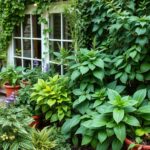
Can I grow fragrant plants in small spaces?
Yes, you can grow fragrant plants in small spaces by choosing compact varieties or using containers. Options like miniature roses, herbs, and small succulents work well in limited areas. Ensure that each plant has enough drainage and sunlight to thrive, even in tight environments.
Are fragrant plants safe for pets?
Some fragrant plants are pet-friendly, while others can be toxic to animals. For instance, lavender and basil are generally safe, but plants like jasmine and certain types of lilies can be harmful. Always check the toxicity of a plant before introducing it to a home with pets.

If you want to read more articles like Discover the Best Fragrance Plants for Home: Top Picks for a Scented Oasis, we recommend you check out our Landscaping category.
Leave a Reply
Related Articles